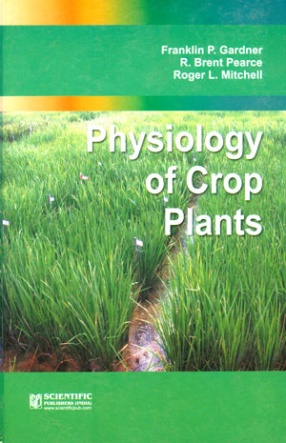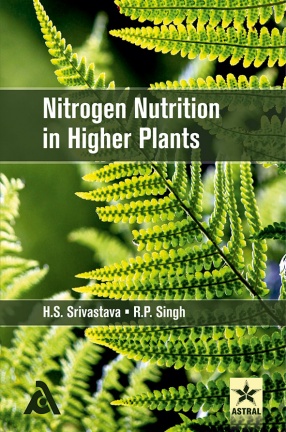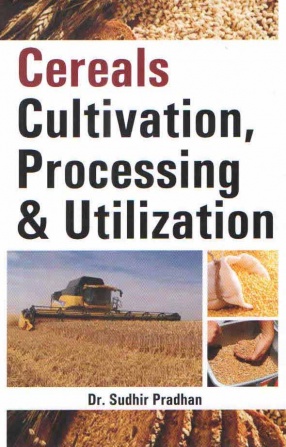This second edition of a textbook focused on crop physiology reflects the many changes and expanded efforts occurring since the first edition was published in 1970, at which time it was acceptable for agronomists to use only a broad title like Crop Growth and Culture. In the ensuing years, the discipline of crop physiology has become widely recognized; thus this second edition can be title Physiology of Crop Plants. As noted in the first edition, the unique contribution of agronomy as a discipline, represented by the subdivisions crops, soils, and climatology, is the integration of biological, chemical and physical phenomena into useful crop management systems. With the basic biological scientist's continuing emphasis on molecular biology (the reductionist approach), it remains imperative for the agronomist and the crop physiologist to integrate information, synthesize new levels of knowledge, and develop systems for problem solving, all the while interfacing with biologists, chemists, Physicists, and researchers in other basic areas of science.
The discussion thus has two major purposes: to develop an understanding of the important principles underlying the practices used in the culture of crop plants and to develop the ability to apply these principles in production strategies.
The second edition expands on crops physiology and omits specific chapters on seeding; winter and drought survival; weed, insect and disease problems; and harvest and storage. We concluded these topics were more appropriately treated in other courses.
This approach to crop physiology was developed in outline form by Frank Gardner and Roger Mitchell in 1963 and prepared as a first edition by Roger Mitchell. In this second edition, Frank Gardner took a primary role in a major rewriting and Brent Pearce contributed extensively to the expanded focus on crop physiology.





There are no reviews yet.